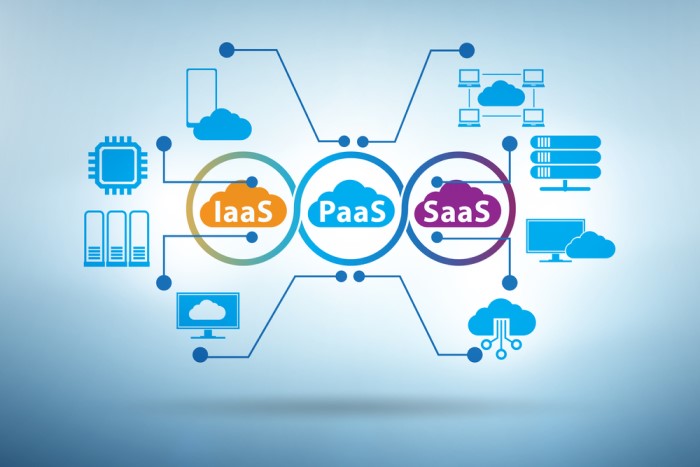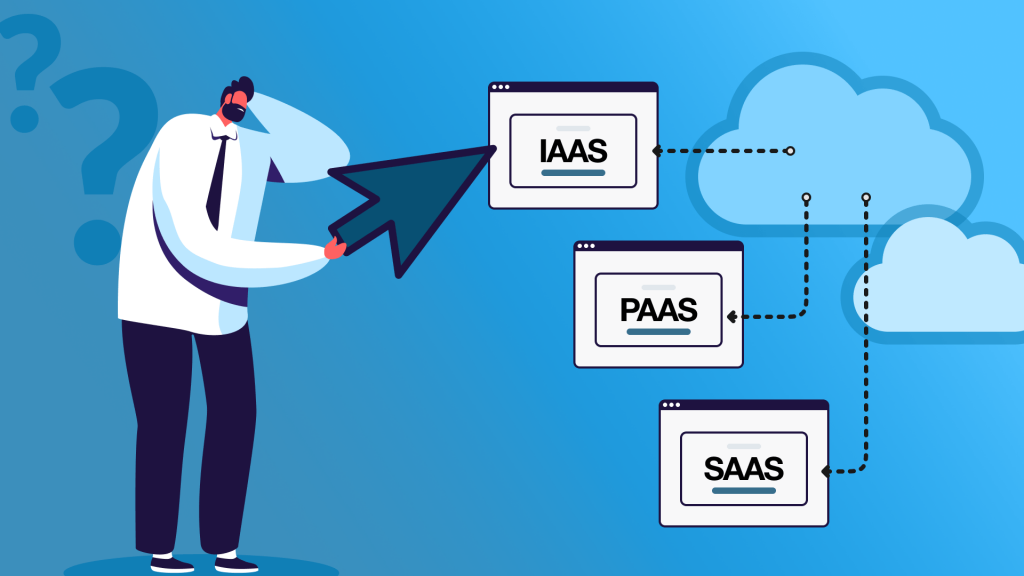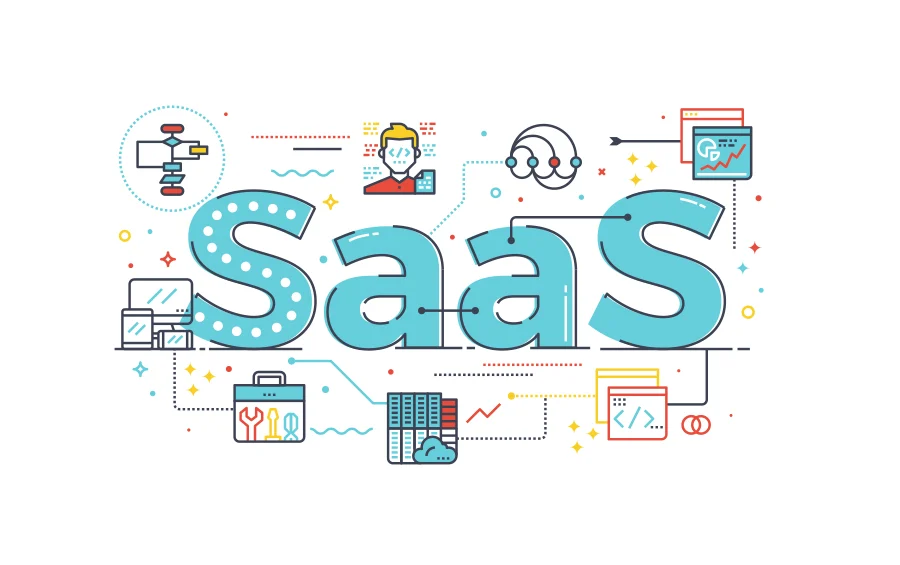
Cloud computing has become one of the most widely used technologies in the business world due to its efficiency, scalability and security.
Within cloud computing solutions, there are several options: SaaS, PaaS and IaaS.
All of them share certain characteristics, although each has a specific focus and functionality.
In this article, we will explain you the differences between SaaS, PaaS and IaaS to help you understand and decide which option is best for your company.
What is cloud computing?
Cloud computing is becoming increasingly popular..
It is based on a service architecture, which allows users to access computing resources over the Internet.
These resources are hosted on remote servers, managed by cloud service providers, rather than being located on a local server.
Users access these resources through a web interface or application from anywhere in the world, as long as they have an Internet connection and the necessary access credentials.
SaaS (Software as a Service)
SaaS is the most common cloud computing solution. In fact, many of us use SaaS on a daily basis.
The SaaS model makes software accessible through an application or web browser that can be accessed with an Internet connection. This modality is offered in general-use programs (horizontal SaaS) or dedicated by sectors (vertical SaaS) programs. They are designed to meet the requirements of a wide range of users and are often modular to allow some customization according to the user's needs.
Its versatility makes this modality the most popular for companies of all sizes, as it allows them to eliminate a significant initial investment in software, replacing the purchase of a specific program with the pay-per-use of a SaaS application that meets their requirements.
Some examples of SaaS are Google Workspace, Slack or Notion. In addition to these well-known international options, there are local software development companies that offer specific SaaS solutions for professional guilds or user communities.
PaaS (Platform as a Service)
PaaS provides software developers with a platform to create, test and deploy applications in the cloud.
Rather than software that directly solves business problems, PaaS solutions focus on providing a set of tools, libraries and services that enable developers to test and deploy the original code and forks of their software.
PaaS is considered a suitable solution for developers looking to focus on deploying and managing their applications without having to worry about the underlying infrastructure.
Some more common examples of PaaS include Oracle Cloud Infrastructure (OCI), Microsoft Azure and Salesforce Heroku.
IaaS (Infrastructure as a Service)
IaaS provides access to hardware computing resources in the cloud such as servers, virtual machines, storage and networks over the Internet.
Some of its key features are:
- Flexibility.
- Scalability.
- Total control over the configuration and use of resources.
With IaaS, companies can scale their infrastructure according to their needs without having to worry about purchasing additional hardware and software. Virtual machines allow almost unlimited scaling of server capacity.
Some of its disadvantages include the complexity and cost of managing the infrastructure.
The most popular examples of IaaS are Microsoft Azure, Amazon Web Services, Google Cloud and IBM Cloud.
Differences between Saas, PaaS and IaaS
The differences between SaaS, PaaS and IaaS lie in the level of control, responsibility and customization that users have over the infrastructure and platform.
With SaaS there is less control, since the software is ready, the user has access to the applications, but cannot customize either the application or the infrastructure. The service provider is responsible for managing and maintaining them.
In PaaS, the user accesses a platform that has tools for the development, deployment and maintenance of the application, which in this case can be tailored to the user, but there is no possibility of accessing the underlying infrastructure. Developers focus on the code and logic of the application, as well as its customization.
In contrast, with IaaS, the user can access the underlying infrastructure, such as servers, storage and networks, and has a higher level of customization and control over it.

How to choose the right solution for your business
The choice of the most suitable cloud computing solution will depend on your company's needs and objectives..
If you need ready-to-use software and applications, SaaS is a good option. You just have to find the tool that meets your requirements.
On the other hand, if your business requires more customization, it will be more convenient to develop your own application, which can be done on a platform that provides application development and management tools. In this case we recommend a tailor-made development supported by a PaaS solution.
And if your company requires a complete online IT infrastructure, IaaS will be the most suitable solution.
Bonus track: Have you heard of XaaS?
Given the popularity of cloud-based solutions such as IaaS, PaaS and SaaS, it is not surprising that more services are migrating to the cloud.
The term XaaS refers to "Anything as a Service" and represents the infinite service possibilities available for Internet users.
XaaS is an attractive option for emerging businesses that need to limit investment costs.
Some of the most common services within the XaaS category: are:
- Network as a Service (NaaS).
- Storage as a Service (StaaS).
- Disaster Recovery as a Service (DRaaS).
In conclusion, cloud computing has changed the way businesses handle their data and applications.
Each solution has its own advantages and disadvantages, so it is important to understand them and seek advice before choosing one for your business.
And now, tell us, are you thinking about creating a cloud solution for your company and want to know more? Do not hesitate to contact us, we can help you.


